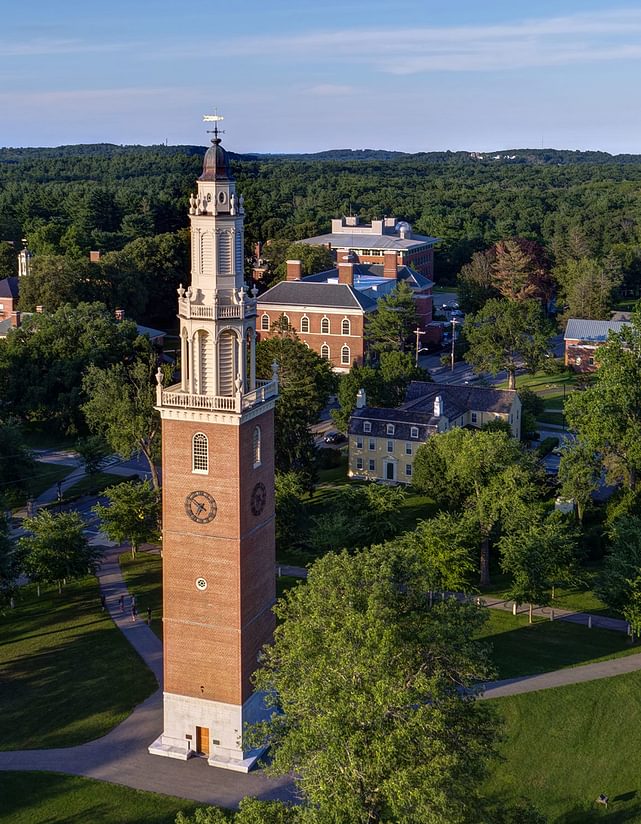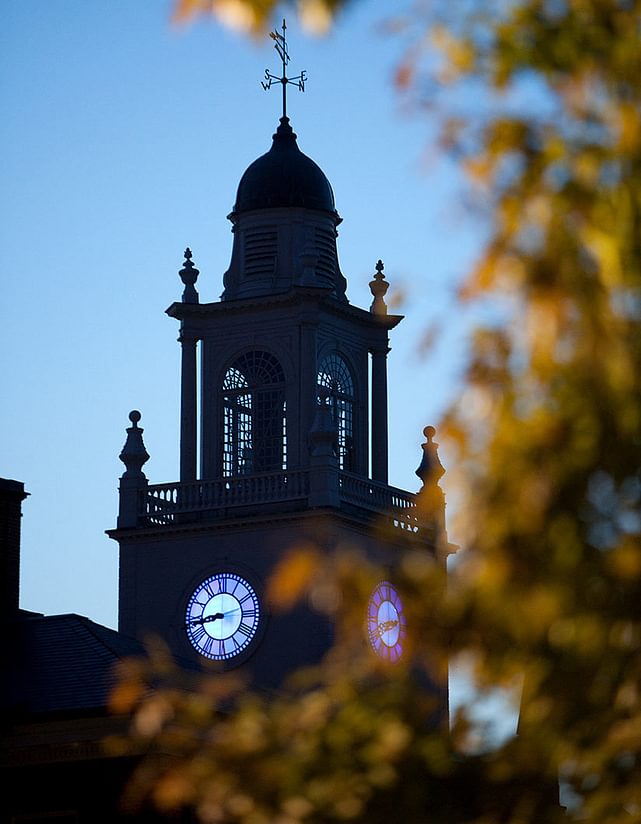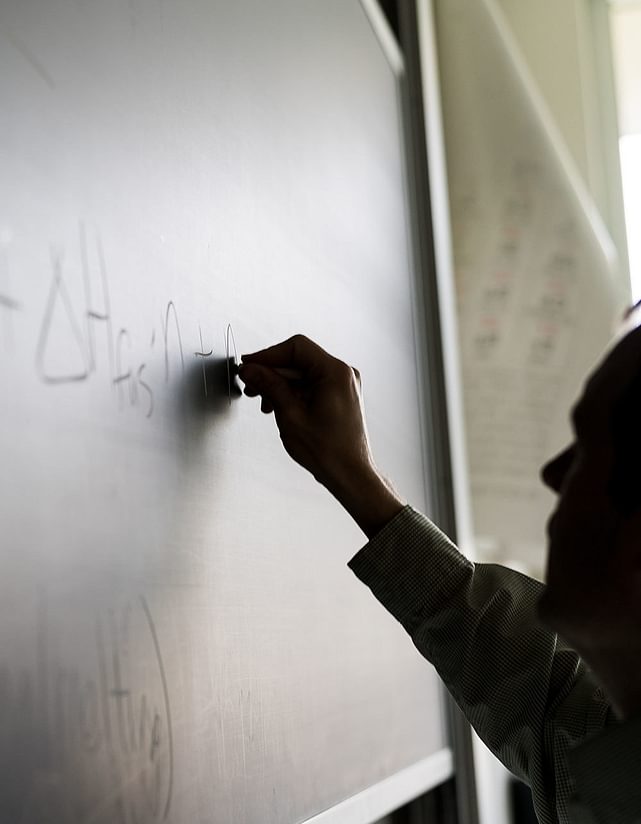
Joel Jacob
In his role as chair, Mr. Jacob helps students find the right courses and works to support the teachers in the Math department.At most liberal arts schools, limited connections exist between mathematics and other fields. In my high school and college education, the offerings for “applied” mathematics courses meant taking a computer science, physics, or statistics class.
Here at Andover, the educators at the Addison Gallery and the Peabody Museum opened my eyes to other possibilities. My students build real-world connections between mathematics, art, and history; their mathematics education is a vehicle for connecting them to our campus, our school’s history, and the material-rich troves in our institutions.
These opportunities are as abstract and rigorous as a course that purely teaches proof writing, logical reasoning, and equation solving in the traditional classroom. However, I would argue that students build deeper and stronger connections to math when they are learning experientially. Can they hold an artifact and articulate a mathematical argument in context? Can they explain the importance of a mathematical principle using the tools and space around them? If the answer is a resounding “yes,” then those students are one step closer to becoming tinkerers and innovators instead of mere doers.
Reprinted from Andover magazine



